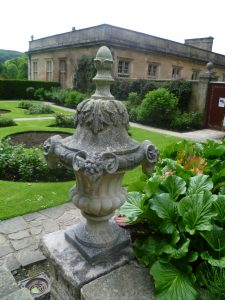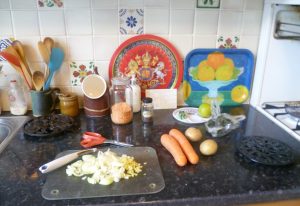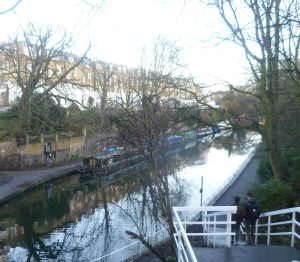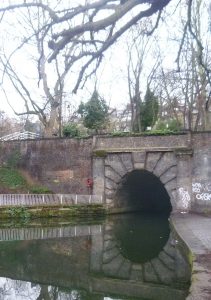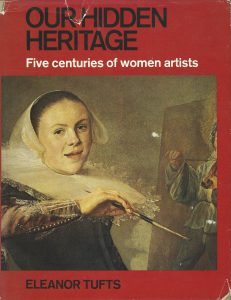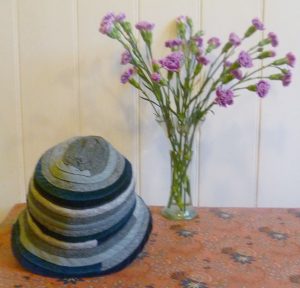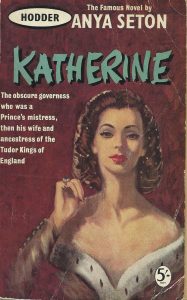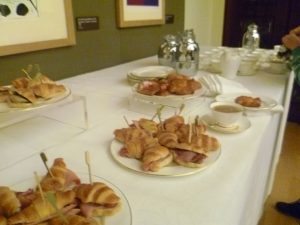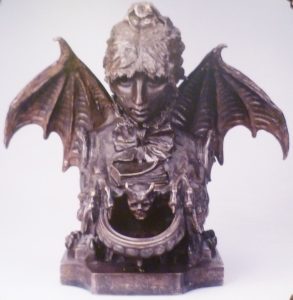This week I’m looking at a poem/picture about love: a tale of a fatal attraction between two children. She, Maud, is a woodman’s daughter; he is the squire’s son and they meet in his father’s woods where Maud’s father, Gerald, is clearing the undergrowth. The story comes from Coventry Patmore’s 1844 poem The Woodman’s Daughter.
The young Pre-Raphaelite artist, John Everett Millais (1829-1896), came across the poem and made it the subject of his 1851 Royal Academy painting.

The Woodman’s Daughter by John Everett Millais
Continue reading J. E. Millais: The Woodman’s Daughter, a tragic tale for Valentine’s Day
Please share this page...
